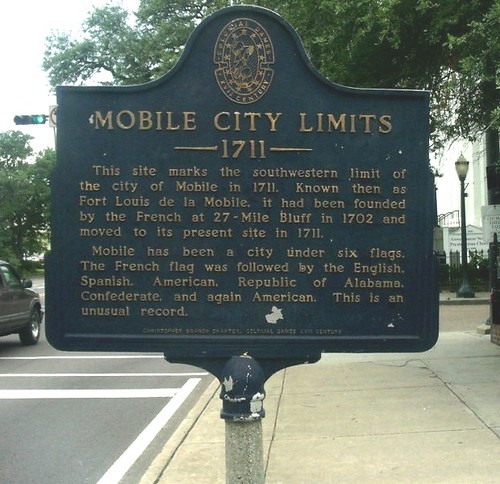Mobile City Conference: Tim Creswell on Politics of Movement (… Standing Still)
Tim Creswell talks from within a framework of ‘twenty years of thinking about place and mobility.’ His talk at the The Mobile City 2008 conference therefore is less about new technology, but more about political issues and the role power. For this, he outlines three ideas, being the “dromology”, the “social kinetics” and the “kinetic elite”.
The dromology, as discussed by Paul Virilio, is about the power to stop and put into motion, to incarcerate and accelerate objects and people. Social kinetics, mentioned by Norman Bryson, is a field which would chart the history of socially structured movement. The kinetic elite, by Peter Slotendijk, deals with a more or less insulated gorup of people who are able to move around the world at will. Creswell takes up these ideas to think about particularly the politics of moving, and, arguably even more important, the politics of standing still. (Image below by: bgiles1999)

Mobility is experienced differently by many groups. It can be comfortable or free, it can be done by man or woman, by domestic servan or refugee. Creswell takes the example of the Mexican immigrant that is trying to get into the United States. On the other end of the spectrum, there is the world that respects the rich man, the globetrotter, who uses first class cabins and pullman cars.
Consequently, there are certain aspects of mobility. Creswell: ‘It is not just homogenous, but something that has aspects to it to be defined for analytical purposes.’ He defines six aspects. Firstly there is the motive force: Why does a thing move? Creswell: ‘High up, people can choose destinations according to joys they offer, low down people are thrown out of places they would like to stay in.’ Secondly, there is velocity. How fast does a person or thing move? Paul Virilio in this aspect mentioned that the it is the prime engine for historical development. Creswell: The faster we get, the more our freedoms are threatened.Speed doesnt just mean fastness, but also slowness. slowness can be a privelege.’ Thirdly, there is rhythm. With what rhythm does a person or thing move? Rhythm in public space is discussed by Lefebvre. A vivid example of this is gate analysis, for example by individual finger print analysis. Another interesting example of the ministery of silly walks (a reference to the hilarious Monthy Python scene). The mapping of people’s walks, however has been incorporated with cctv, basically to find out who is walking in a funny way.
The fourth is the route, what route does a person or thing take? Creswell mentions Guattari in this aspect. Route is about the channeling of mobility. About producing order and predictability. Highways, highspeed train lines ignore cities in between and routes are turned into dromological space. Fifth: How does it feel? Creswell: ‘Mobility is experienced such as luxury and pampering, think of the economy and business class which gives you more; toilets, internet, movies, etc.’ In earlier ages, walking was for the poor, the criminal, the young and above all the ignorant. Creswell: ‘It was not untill the 19th century that people started to take walking as an end in itself, beyond the confines of the landscaped garden or gallery.’ The sixth aspect of mobility is friction: How does mobility stop? Is stopping a choice, or is it force? New forms are not about the city walls, but about higlhy valued speeds, global interconnections and CCTV. This is also about racial profiling: Blacks are more prone to be stopped by police. And in post 9-11 UK, a man was shot in the head who did not stop in an underground metro station. Creswell: ‘Friction, therefore, is an important component of mobility studies.’
In between all these aspects is the concept of the vagabond: A person with no established home who drifts from place to place without visible or lawful means or support. Creswell takes this back to the origins of the narrative of resistance: In 1599 a Spanish novellist created the picaresque novel which included stories of the vagabond who contradicts with established norms of the homes. A more recent example of the vagabond, Creswell recalls, is the song Rolling Stone by Bob Dylan. An example, also mentioned in Anthony Dunne’s book Hertzian Tales, is that of the homeless vehicle. Creswell: ‘This is an artistic way of bringing to life what would remain invisible. The heroic figure that lives outside of norms and conventions. It is something that challenges expectations within a society.’
Report by Twan Eikelenboom